File Extensions
Audio Player

Each file has a corresponding format that determines the way data is stored in the file. The file format is identified by three or four letters followed by a period (also called a dot) appended to the file name.
The file formats are:
- Word documents (.docx)
- Images (gif and jpg)
- Executable, i.e. executable programs (.exe)
- Multimedia files (.wma and others)




Some common formats that we use in our daily lives are:
VIDEO EXTENSION:
These are the most common digital video formats and their most frequent uses.

- MP4-MMPEG-4 Part 14:
- Description: MP4 is a highly versatile video file format that uses both audio and video compression to deliver high-quality multimedia content. It supports various codecs and is widely used for streaming and storing videos.
- Common Use: MP4 is the standard format for online video streaming and video sharing platforms (YouTube) and is compatible with most media players, smartphones, and tablets.
- MOV: QuickTime Movie:
- Description: MOV is a multimedia container format developed by Apple. It can store multiple tracks of audio, video, text, and effects. MOV files often have high-quality video and audio.
- Common Use: MOV is commonly used for storing video files, especially on Apple devices and software like QuickTime. It’s popular among video editors and professionals.
- WMV (Windows Media Video):
- Description: WMV is a video file format developed by Microsoft. It’s known for its efficient compression and good video quality. WMV files can be both standard and high definition.
- Common Use: WMV files are often used for streaming video on the internet, especially on Windows-based systems. They are compatible with Windows Media Player and other Microsoft software.

AUDIO EXTENSION: Each audio file type has unique benefits and drawbacks. Here are a few popular audio file types and some unique differences between them.

- MP3-MMPEG-1 Audio Layer 3:
- Description: MP3 is a widely used audio file format known for its high compression rate while retaining good audio quality. It achieves this by removing frequencies that are less perceptible to the human ear.
- Common Use: MP3 files are the standard for music playback and audio storage on various devices, including smartphones, computers, and portable media players.
- AAC (Advanced Audio Coding):
- Description: AAC is an audio file format known for its efficiency and superior sound quality compared to MP3 at similar bitrates. It’s a popular choice for digital audio encoding.
- Common Use: AAC is commonly used for music streaming, digital audio players, and in-app sounds on mobile devices. It’s also the default audio format for iTunes and Apple devices.
- WMA (Windows Media Audio):
- Description: WMA is an audio file format developed by Microsoft. It offers good sound quality and can support both lossless and lossy compression methods.
- Common Use: WMA files are often used for audio streaming, online radio, and digital music libraries. It’s a preferred format for Windows Media Player and Microsoft devices.

IMAGE EXTENSION:
The types of image extension are mentioned below:

- JPEG (or JPG): Joint Photographic Experts Group:
- Description: JPEG is a widely used image format that employs lossy compression to reduce file size while maintaining reasonable image quality. It’s suitable for photographs and complex images.
- Common Use: Used for storing and sharing photographs, digital artwork, and images on the web due to its good balance between image quality and file size.
- PNG (Portable Network Graphics):
- Description: PNG is a raster image format that supports lossless compression. It’s capable of displaying transparent backgrounds and is ideal for images with sharp edges, text, and graphics.
- Common Use: Used for web graphics, logos, icons, and images requiring transparency. It’s favored for its high-quality images with minimal loss of detail.
- GIF (Graphics Interchange Format):
- Description: GIF is an image format that supports both static and animated images. It uses lossless compression and a limited color palette, making it suitable for simple animations and graphics.
- Common Use: Frequently used for short animations, simple web graphics, memes, and icons. It’s known for its support for looped animations.
- PDF (Portable Document Format):
- Description: PDF is a versatile document format that can contain text, images, and multimedia elements. It’s designed for consistent presentation across different devices and platforms.
- Common Use: Widely used for sharing documents, reports, forms, and ebooks. PDFs maintain the layout and formatting of a document regardless of the software or device used to view them.
TEXT EXTENSION:
- .TXT (Text File):
- Description: TXT files are plain text documents that contain unformatted text and are easy to create and edit. They lack advanced formatting, styles, or multimedia elements.
- Common Use: Used for storing simple text data, such as program source code, configuration files, and notes. They are universal and can be opened by numerous text editors.

- .DOC (Word Document):
- Description: DOC files are associated with Microsoft Word and store text, images, formatting, and various document elements. They offer extensive formatting options.
- Common Use: Widely used for creating reports, essays, business documents, and more. However, newer versions of Word use the.DOCX format.
- .HTML (Hypertext Markup Language):
- Description: HTML files are used for creating web pages. They consist of structured markup tags that define the structure, content, and formatting of a web document.
- Common Use: HTML is the standard language for web development. It’s used to create websites and web applications, defining how content is displayed in web browsers.

4 Comments
nice
useful for storage
easy and clear
clear topic